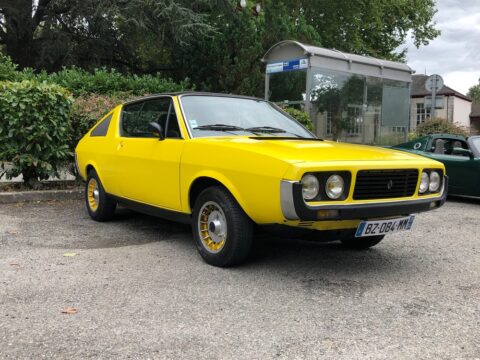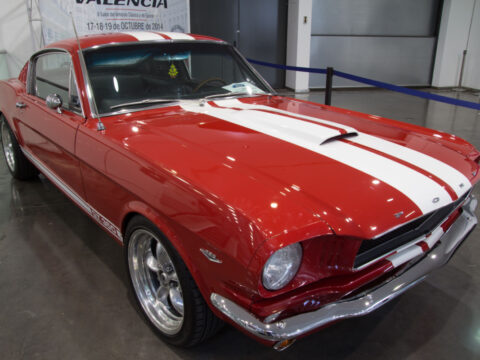Submarines are marvels of engineering, designed to explore the mysterious depths of the ocean. However, not all submarines have had the chance to fulfill their intended missions. This article explores 8 experimental submarines that, despite their innovative designs and ambitious goals, never managed to dive operationally. Discover the fascinating stories and technological hurdles that kept these remarkable vessels from reaching their full potential.
Contents
Ictineo II (Spain, 1864)
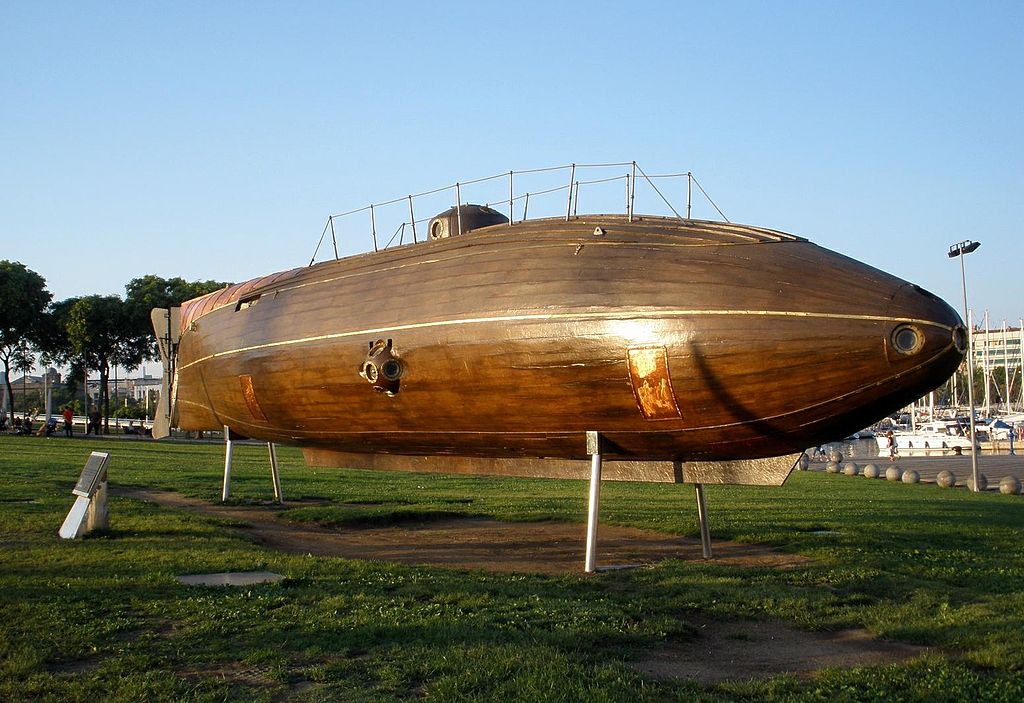
The Ictineo II, designed by Spanish engineer Narcís Monturiol, was a pioneering vessel meant to be the first true submarine. Its innovative design included a steam engine for surface travel and an anaerobic engine for underwater propulsion. Despite its advanced technology for the time, financial difficulties prevented it from completing its maiden dive. Monturiol’s dream of undersea exploration was never realized.
Resurgam (UK, 1879)
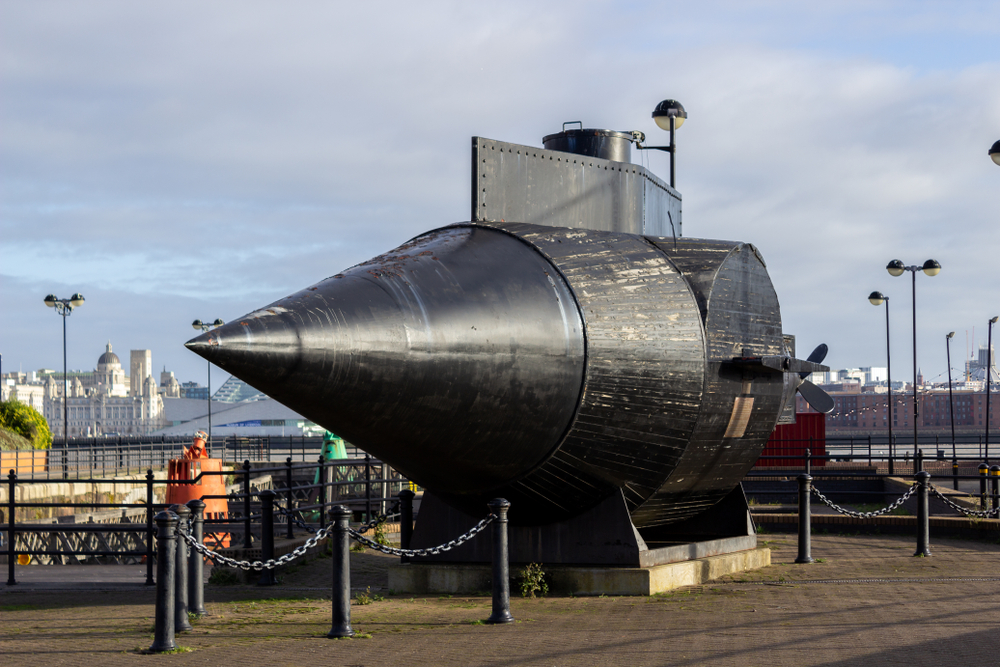
Reverend George Garrett designed the Resurgam, meaning “I shall rise again,” during the Victorian era. It was a cylindrical vessel powered by a steam engine, intended to evade naval blockades. Despite its promising design, technical issues caused the submarine to sink during trials, never achieving operational status. The Resurgam’s legacy remains as a pioneering step in submarine development. It is honored as an early effort in the quest for underwater navigation.
USS Albacore (AGSS-569) (USA, 1953)
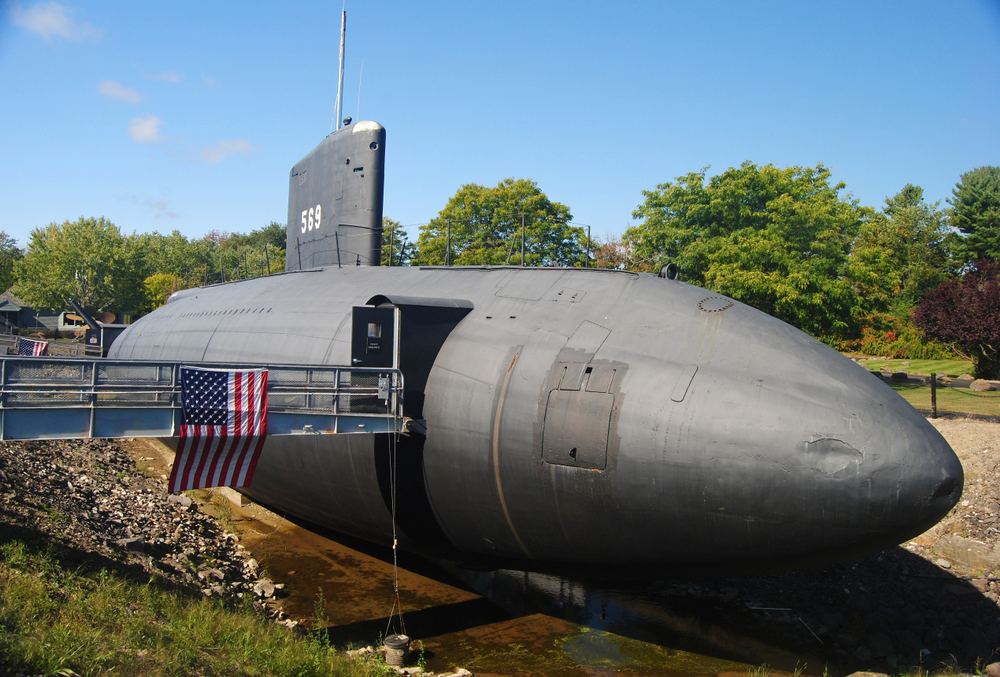
The USS Albacore was an experimental submarine designed to test new hull forms and propulsion systems for increased underwater speed. Although it never saw combat, its teardrop-shaped hull and advanced technologies influenced the design of future U.S. submarines. The Albacore, despite not diving operationally, served as a critical testbed for submarine innovation.
USS Triton (SSR(N)-586) (USA, 1959)
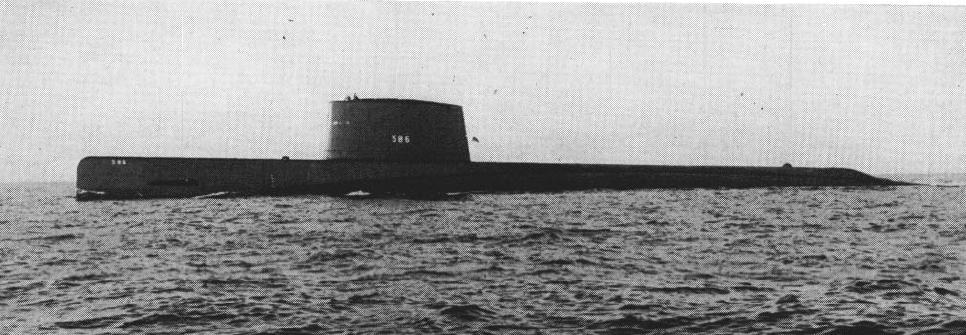
The USS Triton was designed as a nuclear-powered radar picket submarine, capable of extended underwater operations. Unique in its mission, the Triton faced technical challenges that kept it from achieving successful dives in its intended role. Despite its limited operational success, the Triton remains a significant milestone in the history of nuclear submarines.
H.L. Hunley (USA, 1863)
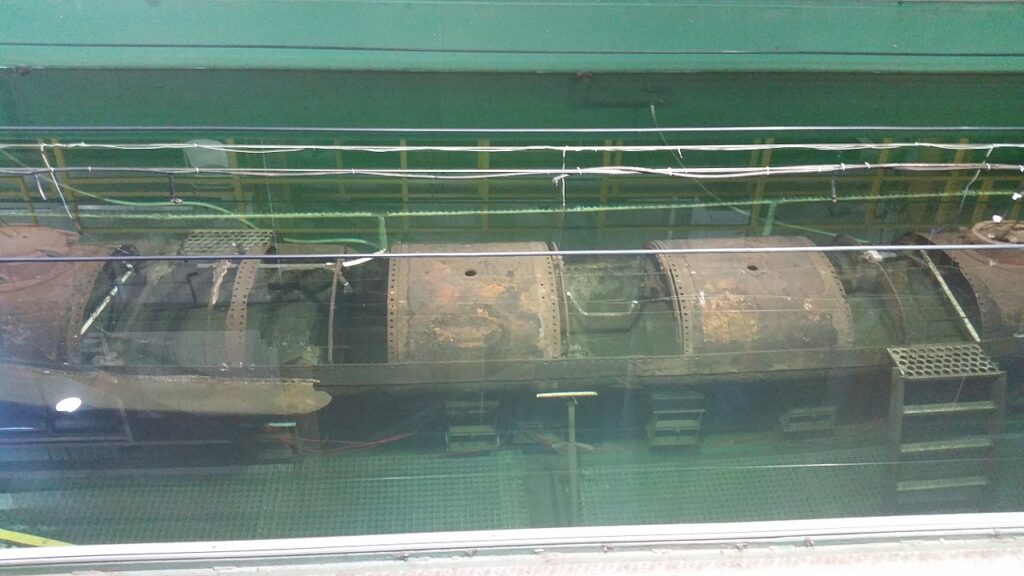
The H.L. Hunley was a Confederate submarine designed for use during the American Civil War. Despite its innovative hand-cranked propulsion system, it never completed a successful operational dive due to repeated sinkings during trials. The Hunley’s tragic fate underscores the perilous early attempts at submarine warfare. It remains a poignant symbol of the challenges faced by early submariners.
HMCS Chicoutimi (Canada, 2004)
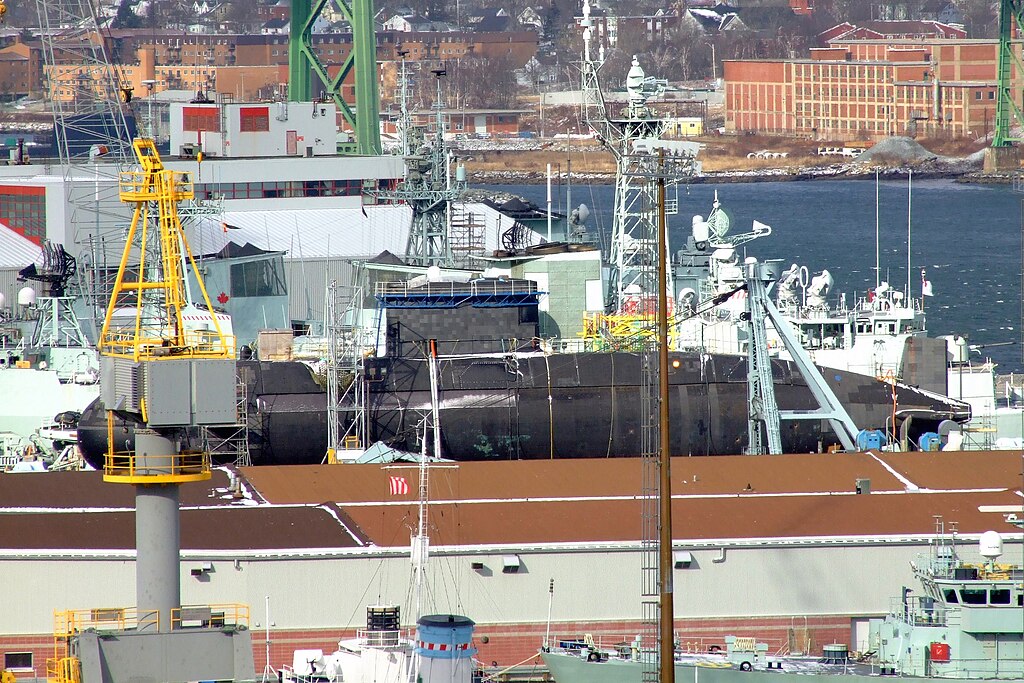
Originally a British Upholder-class submarine, the HMCS Chicoutimi was acquired by Canada but never achieved a successful operational dive due to severe technical and safety issues. The problems encountered with the Chicoutimi highlight the challenges of retrofitting and repurposing older submarines. Despite these setbacks, it remains a significant example of naval engineering challenges.
USS Sea Wolf (SSN-575) (USA, 1957)
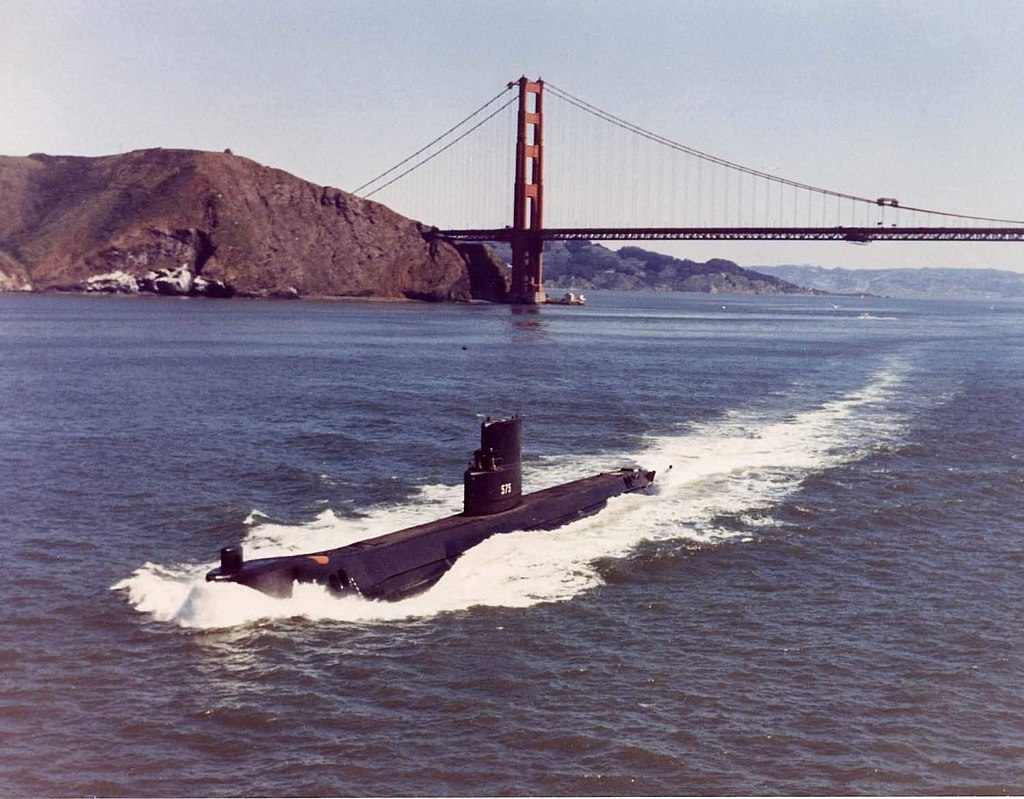
The USS Sea Wolf was an experimental submarine equipped with a liquid-metal-cooled nuclear reactor. Despite its advanced propulsion system, it faced numerous technical difficulties that prevented it from achieving full operational status. The Sea Wolf’s trials provided valuable lessons for future nuclear submarine designs. Its innovative approach influenced subsequent developments.
USS Barbel (SS-580) (USA, 1956)
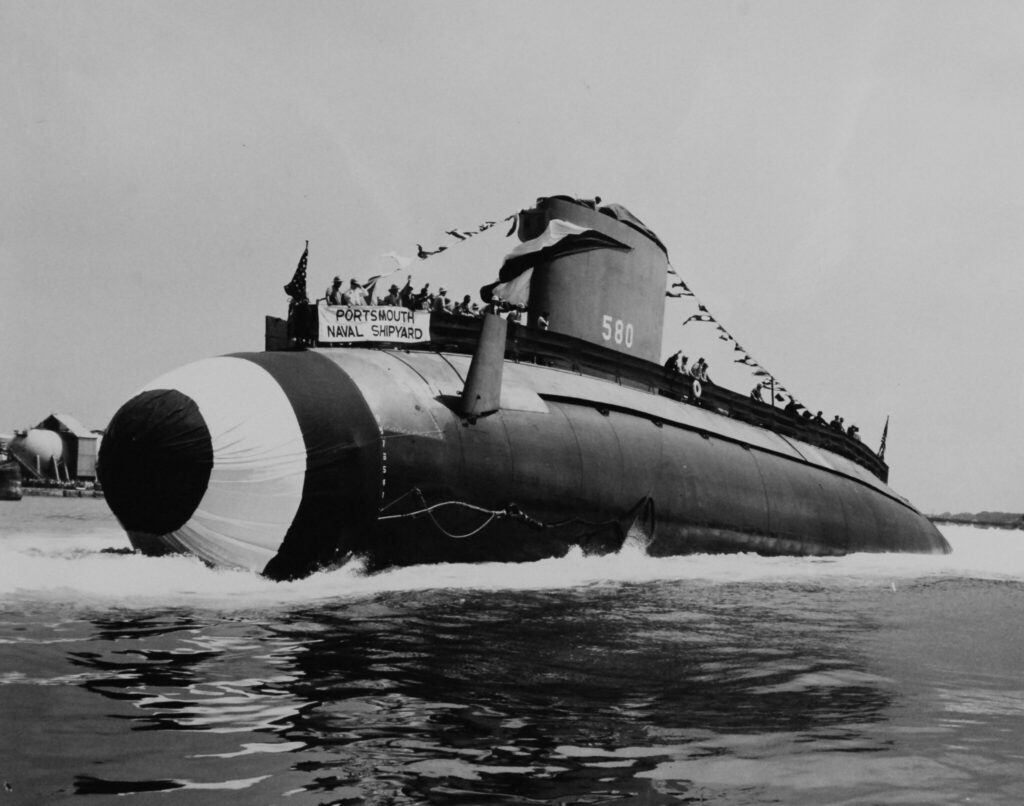
The USS Barbel was an experimental submarine designed to test new hull shapes and propulsion systems for increased underwater performance. Despite its promising design, technical issues prevented it from achieving successful operational dives. The Barbel’s research contributed significantly to the understanding of submarine hydrodynamics.
This article originally appeared on MyCarMakesNoise.
More from MyCarMakesNoise
21 Iconic German Muscle Cars You Need to Know

Explore the pinnacle of German engineering through a collection of the most remarkable muscle cars to come out of Germany. These vehicles stand out for their exceptional performance, innovative design, and significant influence on the automotive landscape. Read More.
13 Car Features Drivers Find Most Annoying
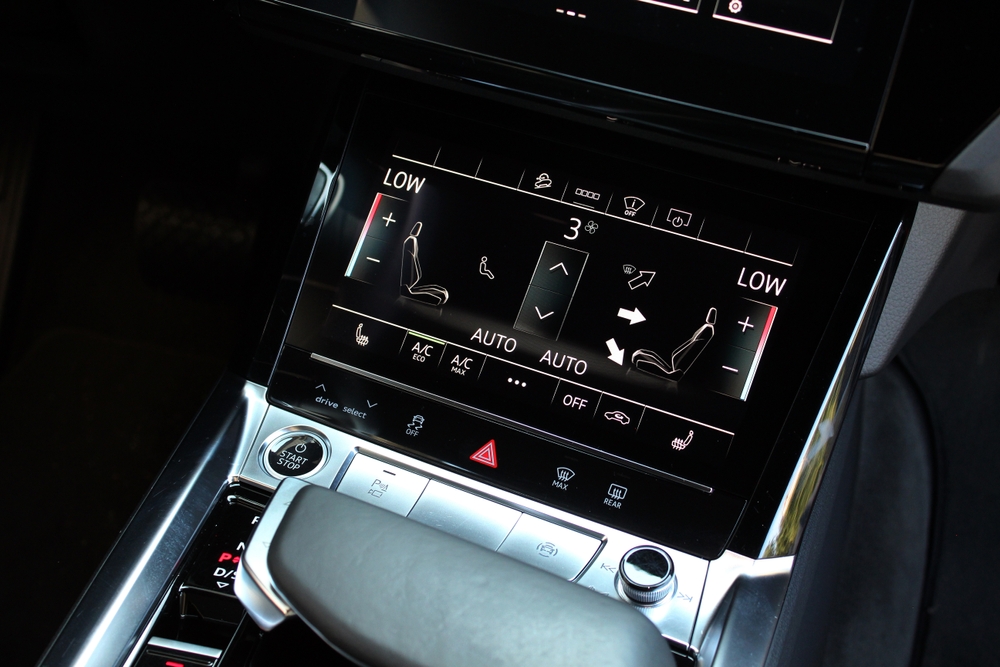
While modern cars boast an array of advanced features aimed at enhancing comfort and safety, some of these innovations can inadvertently lead to driver frustration. Read More.
20 Once-Popular Train Models Now Out of Service
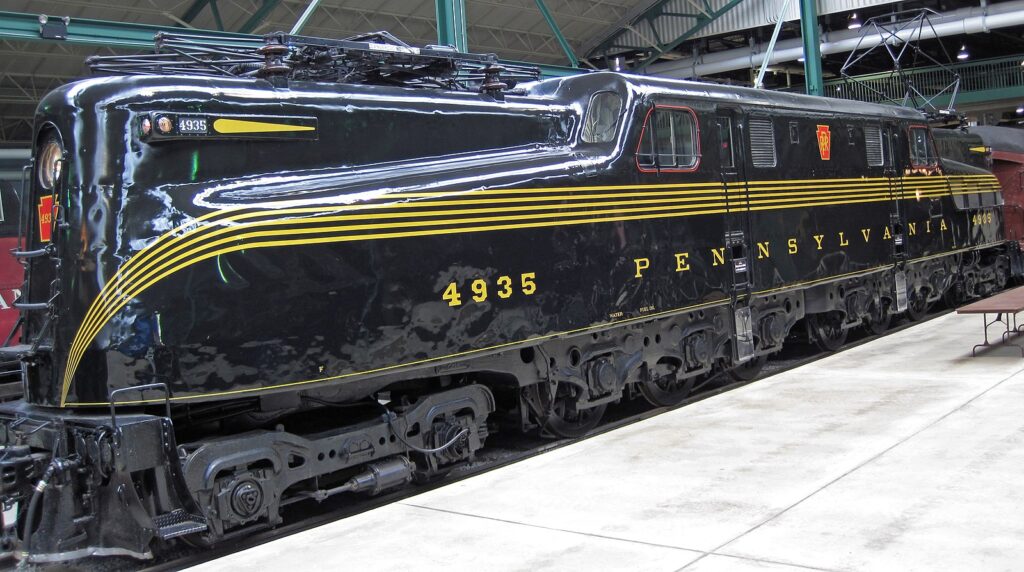
Train models, like all technology, eventually become outdated and are replaced by more advanced systems. Here are some defunct train models that are now obsolete, reflecting the progress and changes in railway technology over the years. Read More.


